In a world that prizes constant motion, what happens when you pause long enough to truly notice the unease bubbling beneath the surface? This question cuts to the heart of mindfulness healing, a practice that’s surged in popularity yet often catches newcomers off guard with its raw discomfort. Far from the serene images peddled in wellness apps, genuine mindfulness invites confrontation with inner turmoil, not escape from it. It’s no wonder many Americans, juggling high-stress jobs and digital overload, turn to it seeking relief, only to find the initial steps feel anything but healing. A 2023 survey by the American Psychological Association found that 62% of adults reported heightened anxiety, prompting a wave of interest in mindfulness-based interventions. But as practitioners point out, the path to emotional restoration demands sitting with discomfort first, a counterintuitive start that reveals deeper layers of self-awareness.
The Roots of Initial Resistance
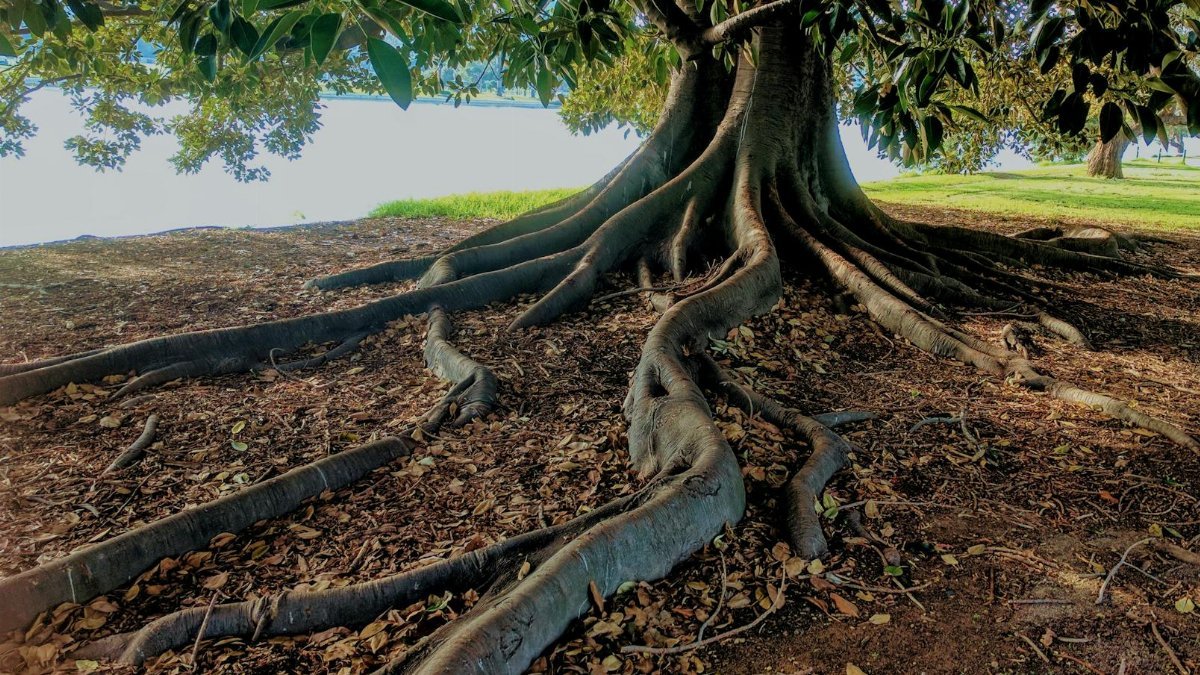
People often approach mindfulness healing expecting instant calm, like flipping a switch to dim the chaos. Instead, they encounter a mirror reflecting unresolved tensions. Take Sarah, a midwestern teacher in her forties, who described her first session as “staring into a storm I didn’t know was raging inside.” She had signed up for a local workshop after burnout from endless grading and parent emails left her exhausted. What began as simple breathing exercises unearthed waves of frustration she had long suppressed. This resistance isn’t unusual; it’s a natural defense. Our brains are wired to avoid pain, evolutionary holdovers from times when vigilance meant survival. Yet in 2025, with mental health conversations more open than ever, experts emphasize that pushing through this phase is key. As one clinician noted in a recent panel, bypassing discomfort only delays true healing.
The science backs this up. Research from the University of California, Berkeley, shows that initial mindfulness practice can spike cortisol levels temporarily as suppressed emotions surface. It’s a bit like cleaning out a cluttered attic: dust flies everywhere before order emerges. But for those who persist, the benefits compound, reducing overall stress over time. Sarah eventually found that acknowledging her anger led to better boundaries at work, transforming her daily life.
When Stillness Reveals Hidden Wounds
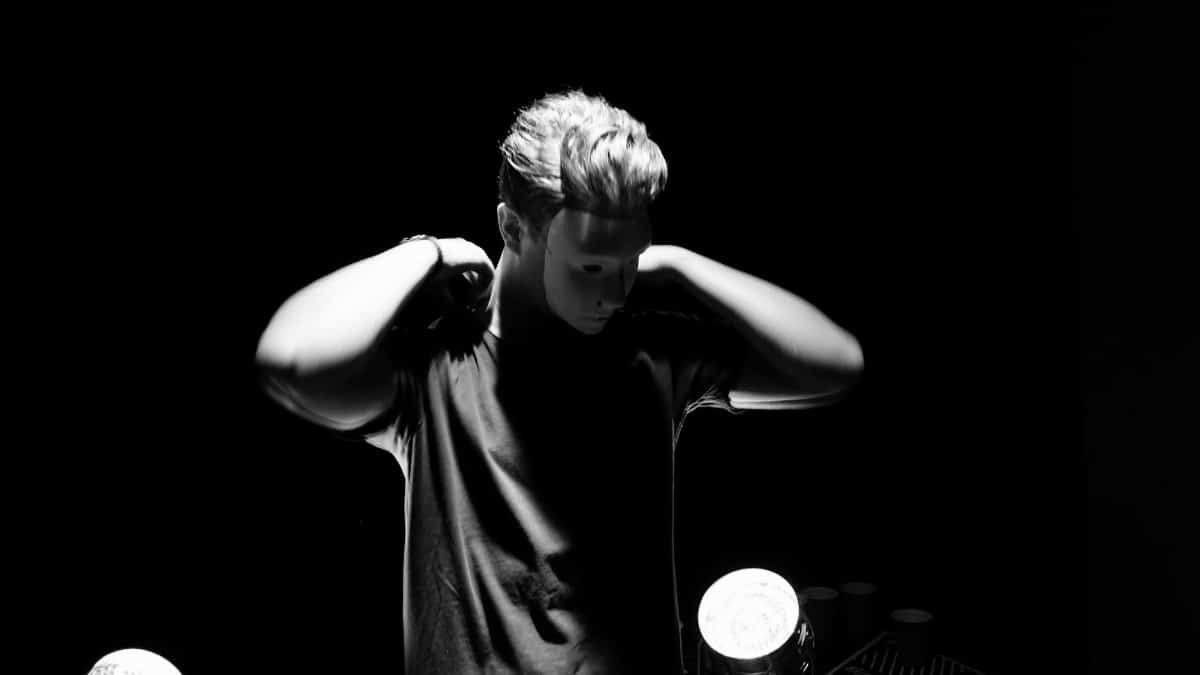
Imagine settling into a quiet room, eyes closed, only for a flood of forgotten memories to rush in. This is where mindfulness healing often pivots from theory to intensity. It’s not just about breathing; it’s an excavation of emotional scars that modern life encourages us to ignore. In bustling cities like New York or Chicago, where the grind never stops, practitioners report this unveiling as the most jarring part. One anonymous account shared publicly online captured it vividly: “I thought I’d feel peaceful, but instead, I relived every argument with my ex, feeling the hurt anew.” Such experiences highlight how mindfulness strips away distractions, forcing a reckoning.
This process ties into trauma-informed approaches gaining traction in U.S. therapy circles. According to a study published in the Journal of the American Medical Association, mindfulness interventions help process unresolved grief, but the early stages can mimic re-traumatization if not guided properly. Therapists recommend starting small, perhaps with five-minute sessions, to build tolerance. Over time, what feels like vulnerability becomes strength, as individuals learn to observe thoughts without judgment.
The Role of Cultural Expectations
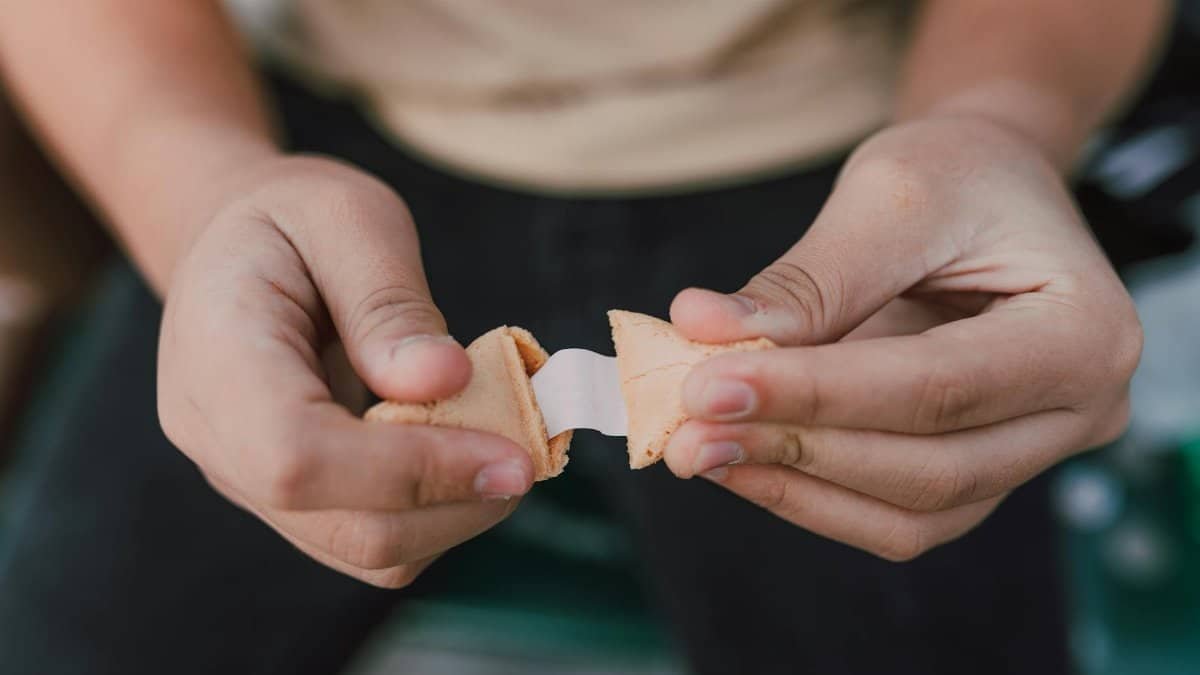
American culture glorifies productivity, often equating busyness with worth. So when mindfulness healing demands we slow down and face discomfort, it clashes with ingrained norms. Think of the entrepreneur in Silicon Valley who meditates to boost focus, only to grapple with imposter syndrome surfacing mid-session. This cultural friction explains why some abandon the practice early, mistaking unease for failure.
Yet shifts are underway. With remote work persisting into 2025, more companies incorporate mindfulness programs, recognizing their value in combating burnout. A report from the Centers for Disease Control and Prevention highlights how such initiatives improve employee well-being, even if initial adoption feels awkward. By reframing discomfort as a sign of progress, these efforts normalize the bumpy start.
Navigating Physical Sensations
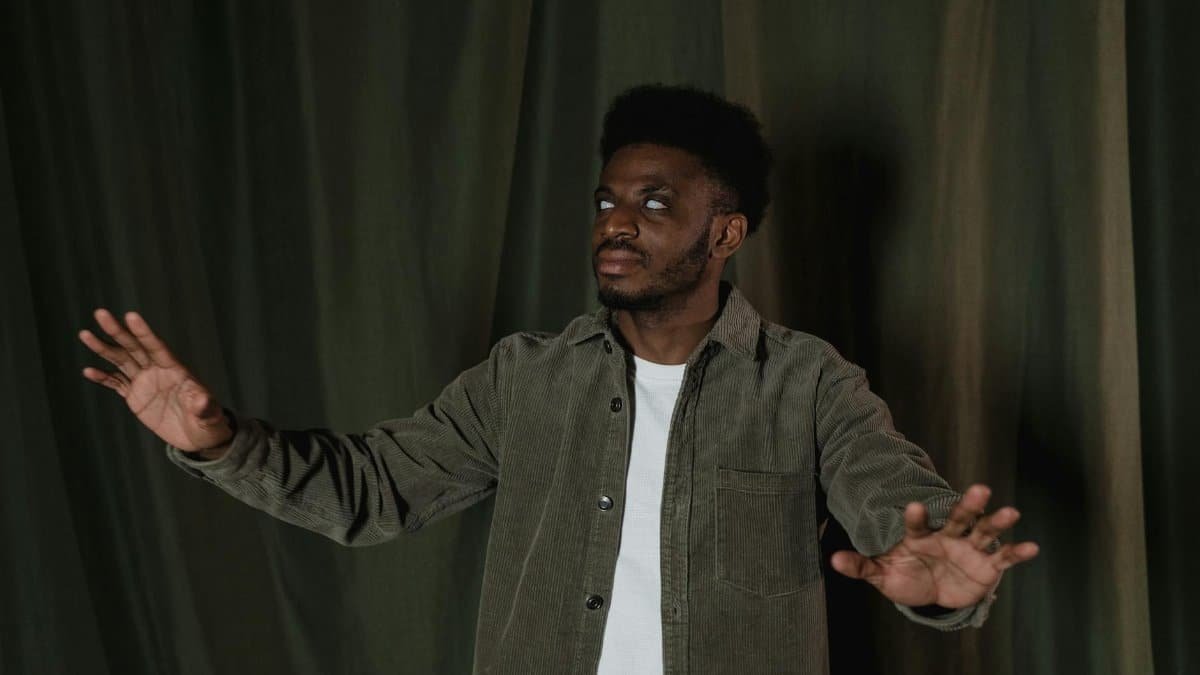
Mindfulness isn’t just mental; it stirs the body too. A racing heart or tight chest can emerge as awareness turns inward, amplifying sensations we usually override with coffee or screens. For many, this physicality is the first real hurdle in mindfulness healing. Consider John, a retired veteran from Texas, who joined a group class to manage PTSD. “My legs wouldn’t stop twitching,” he recalled. “It was like my body was protesting the quiet.” These responses stem from the autonomic nervous system, which mindfulness gently recalibrates.
Evidence from neuroimaging studies supports this. Work by researchers at Harvard Medical School, detailed in a 2021 paper, shows mindfulness altering brain activity in areas linked to emotional regulation. Over weeks, participants reported fewer physical symptoms of stress. The key? Patience. Starting with body scans—systematically noting sensations—helps demystify these reactions, turning them into allies rather than enemies.
Building Resilience Through Practice
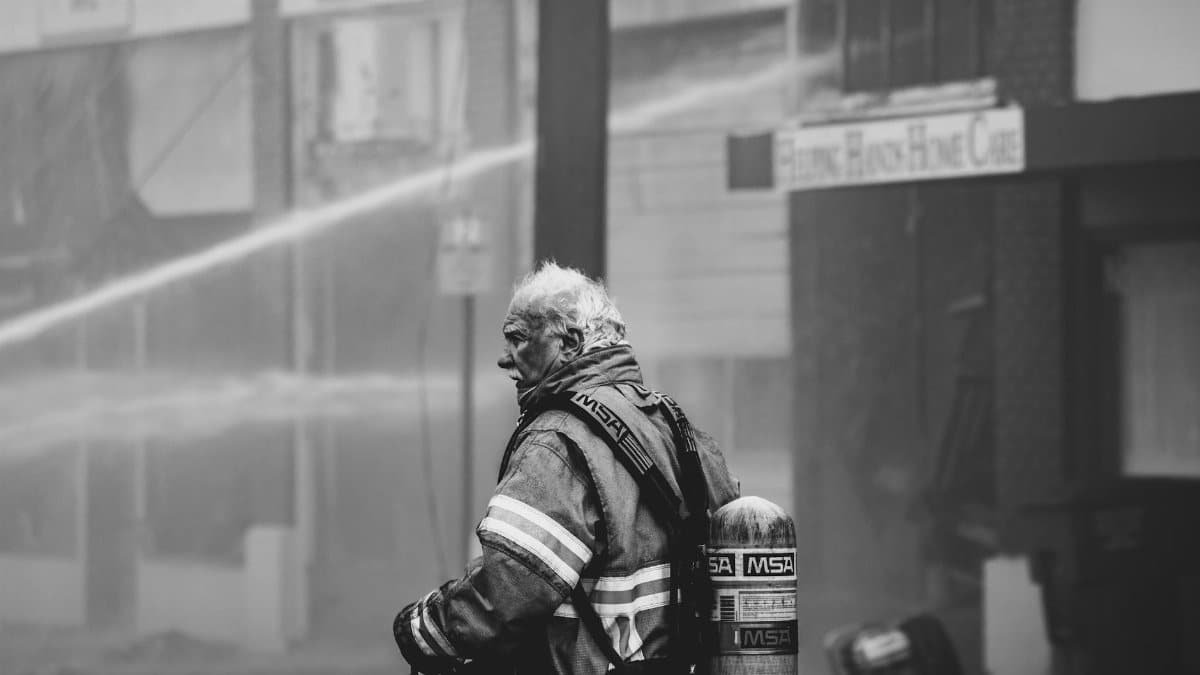
Once past the initial shock, mindfulness healing fosters a quiet resilience. It’s less about eradicating discomfort and more about coexisting with it. Practitioners often describe a shift where unease becomes a teacher, revealing patterns like chronic self-criticism. In group settings across the U.S., from community centers in Atlanta to apps used nationwide, stories abound of this transformation.
A longitudinal study from the National Institutes of Health tracked participants over a year, finding that consistent practice led to a 25% drop in perceived stress levels. But resilience builds incrementally. One technique: labeling emotions as they arise, which diffuses their power. As discomfort wanes, a sense of empowerment takes root, applicable to everyday challenges like family tensions or career setbacks.
The Social Dimension of Healing
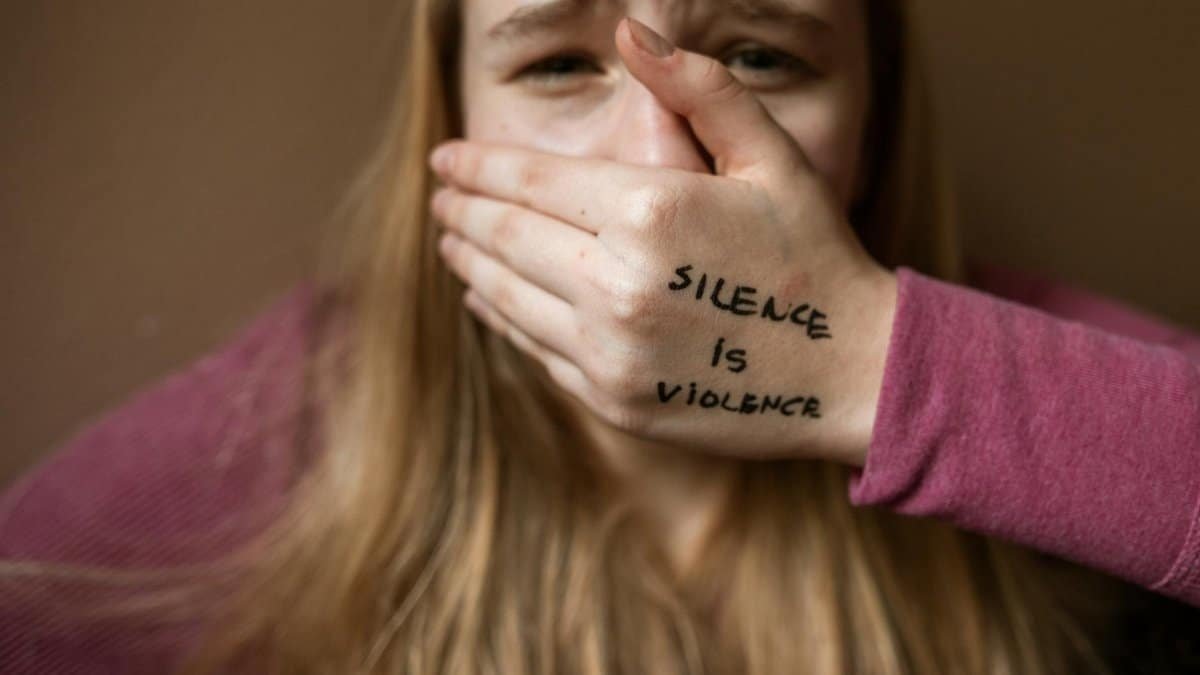
Mindfulness healing doesn’t happen in isolation; sharing the discomfort can lighten the load. In support groups or online communities, Americans are finding solidarity in their struggles. A woman in her fifties from Seattle shared how discussing her initial anxiety with peers made it bearable: “Hearing others say ‘me too’ turned my isolation into connection.” This communal aspect amplifies healing, countering the individualism that often exacerbates mental health issues.
Research from Pew Research Center underscores this trend. Their 2024 analysis revealed that 45% of adults seek mental health support through social networks, up from previous years. Integrating mindfulness into these spaces—via guided discussions—helps normalize the uncomfortable beginnings, fostering deeper bonds.
Overcoming Common Pitfalls

Even with good intentions, pitfalls abound. Perfectionism can sabotage mindfulness healing, turning sessions into another task to “get right.” Or distractions creep in, pulling focus back to to-do lists. Addressing these requires self-compassion, a core tenet of the practice.
Experts from the American Psychological Association advise setting realistic goals, like noting one insight per session. A study in their flagship journal found that flexible approaches yield better long-term adherence. By viewing slip-ups as part of the process, practitioners sidestep frustration, paving the way for sustained growth.
Long-Term Transformations

What emerges after weathering the discomfort? For many, it’s a profound shift in how they navigate life. Relationships deepen as empathy grows; work becomes more balanced. In 2025, with economic uncertainties lingering, this adaptability proves invaluable.
A comprehensive review by the World Health Organization links sustained mindfulness to improved mental health outcomes globally, including reduced depression rates. Individuals report feeling more present, less reactive. It’s a reminder that true healing often starts in the uneasy spaces we least expect.
Embracing the Journey Ahead

As mindfulness healing continues to weave into American life, its uncomfortable beginnings serve as a gateway to authenticity. The practice invites us to question quick fixes, opting instead for meaningful change. Whether in quiet mornings or structured retreats, the rewards—clarity, connection—outweigh the initial strife. For those willing to lean in, it offers not just relief, but a renewed way of being.
